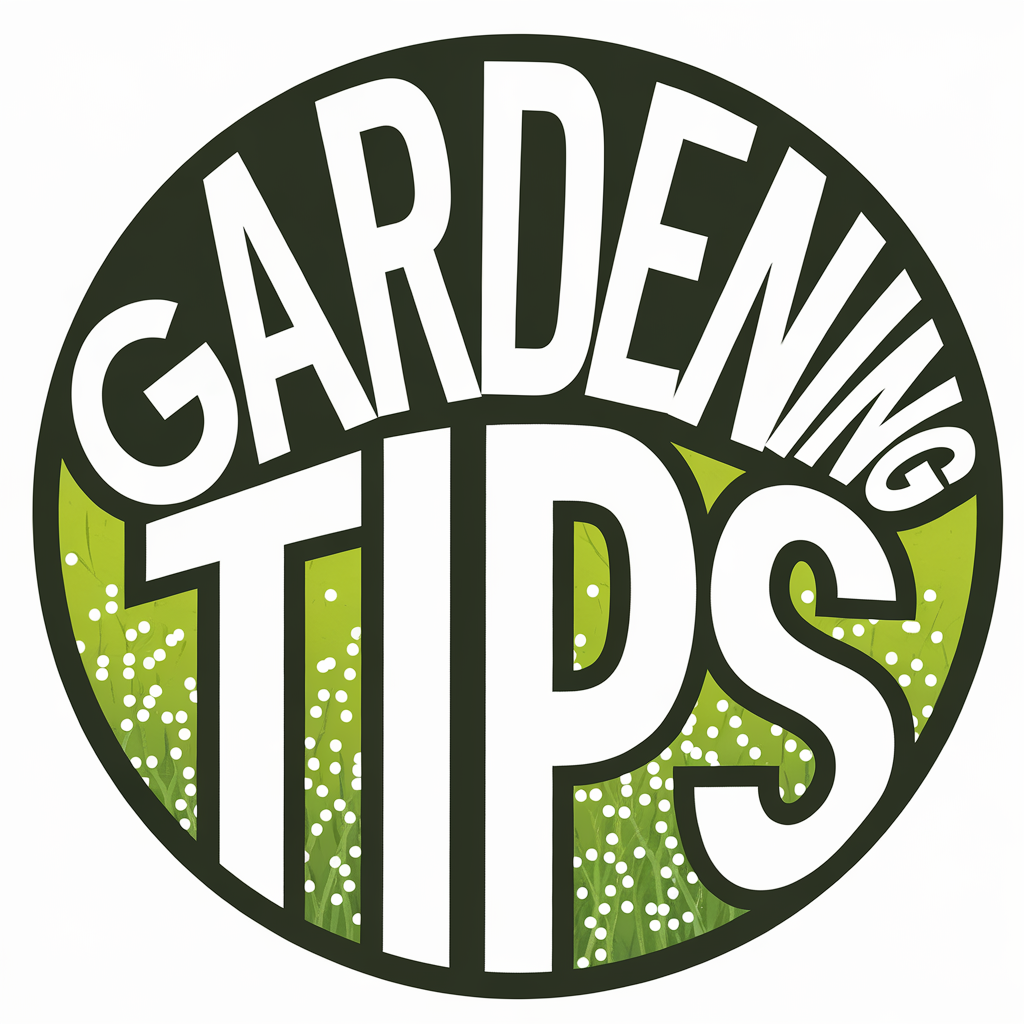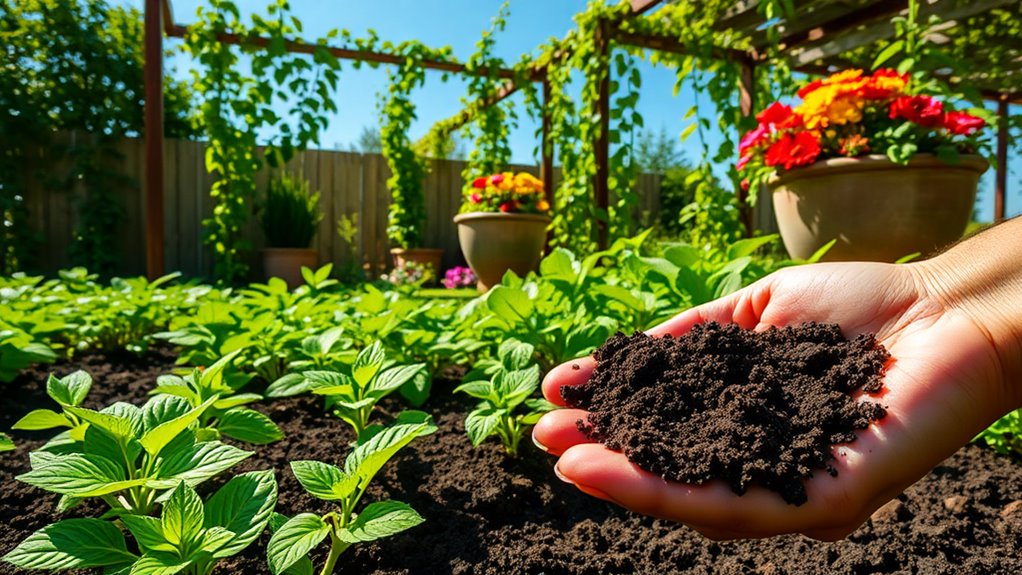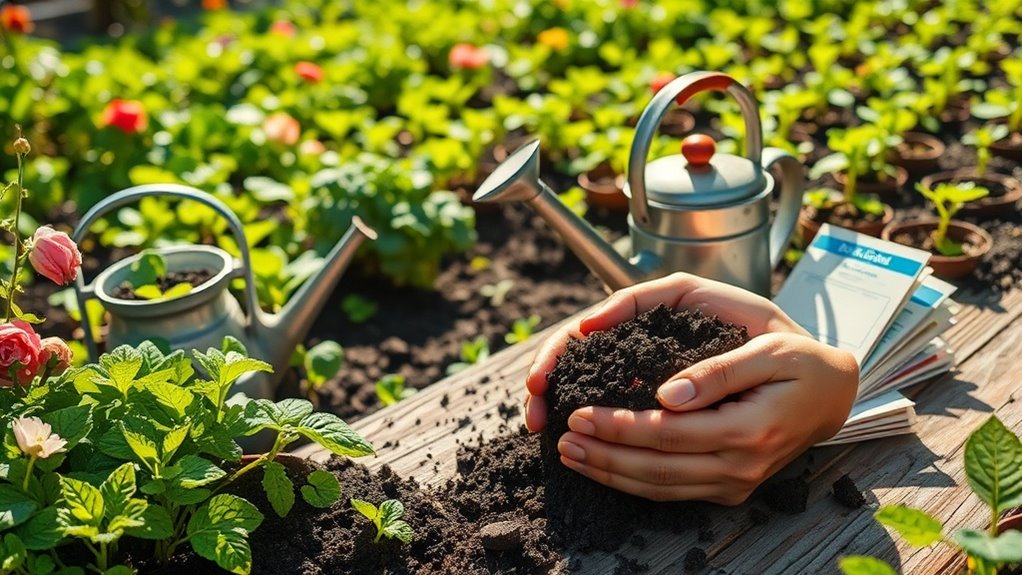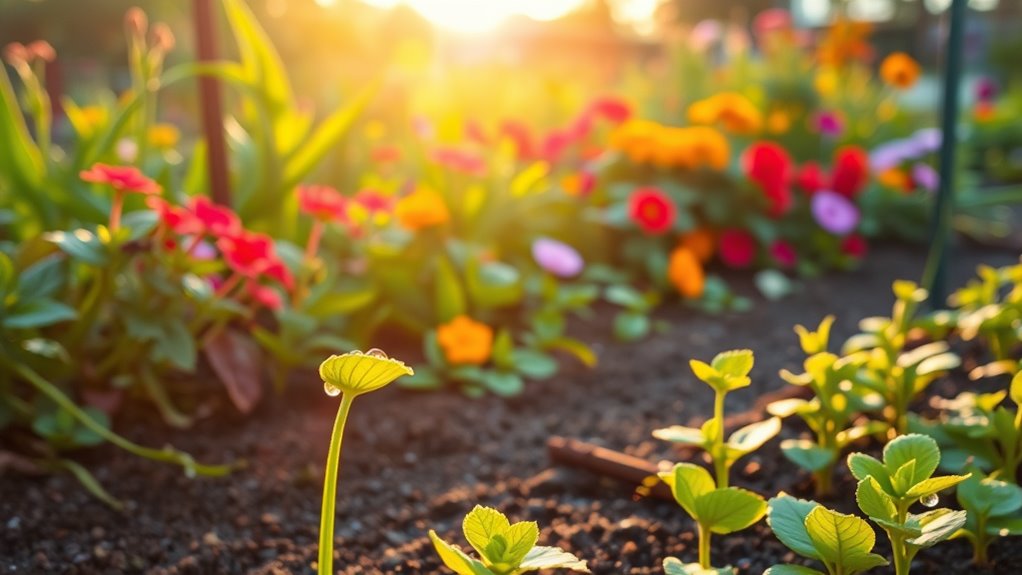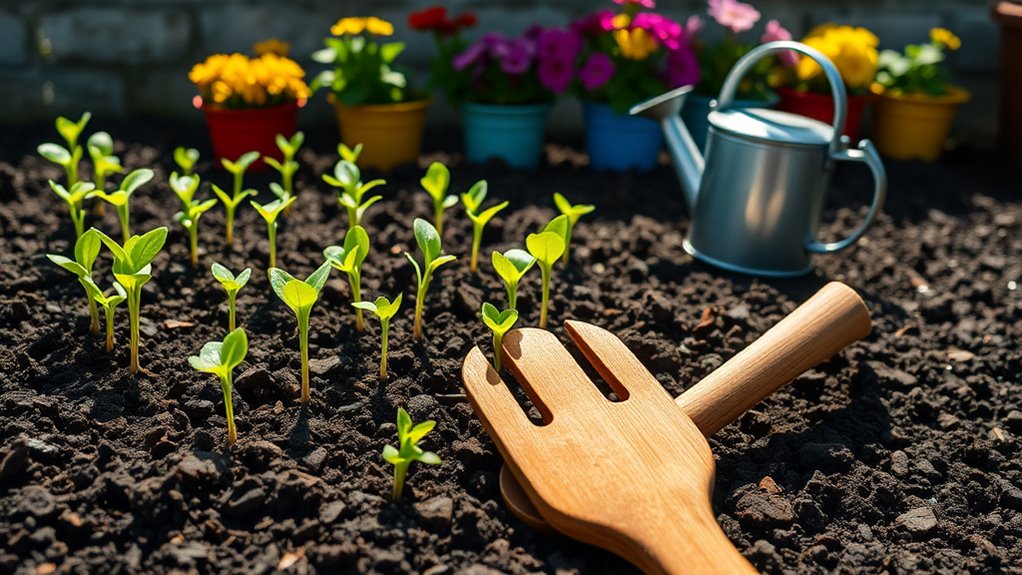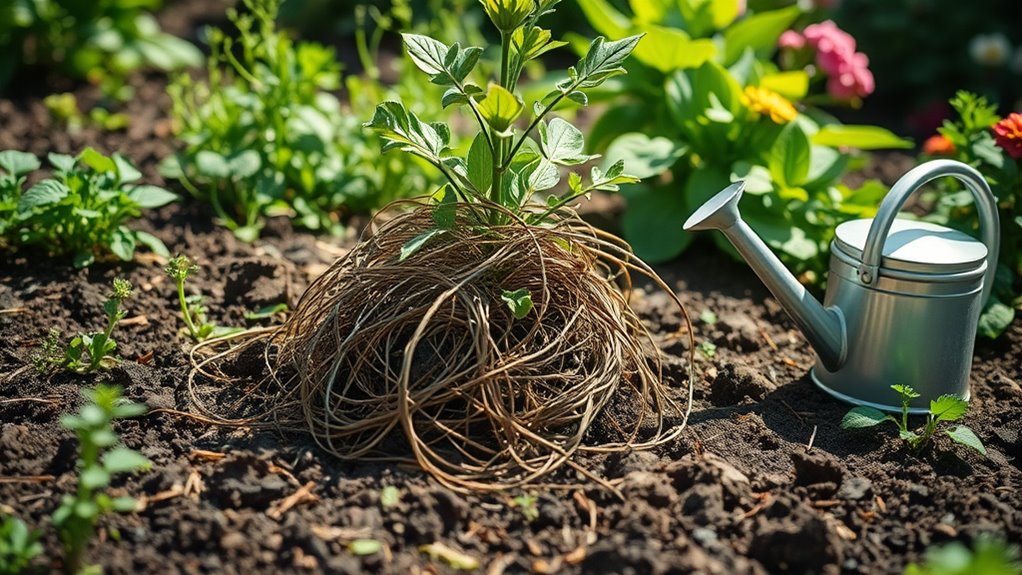This Beginner Gardening Trick Grew My Plants Twice as Fast!
Is it really possible to double your plants’ growth just by optimizing soil microbiology? This beginner gardening trick harnesses the power of advanced composting and biochar amendments to enhance beneficial microbial activity. By maintaining an aerated soil mix and diligently monitoring pH, you can dramatically boost nutrient availability. Curious about how such seemingly simple adjustments can lead to remarkable growth rates? The details might surprise you, and they could transform your gardening approach.
Understanding the Basics of Plant Growth
Understanding the fundamentals of how plants grow is essential for any aspiring gardener. A crucial beginner garden tip is to familiarize yourself with photosynthesis, nutrient uptake, and soil composition.
These elements dictate plant health and growth rates. Pay attention to light requirements and water needs, adjusting your care regimen accordingly. Soil testing can significantly enhance these aspects by ensuring your plants receive the right nutrients and conditions. Mastering these basics sets the stage for thriving plants in your backyard.
The Secret Technique Explained
While many gardeners focus on traditional methods, incorporating the “Secret Technique” can significantly enhance your garden’s productivity.
This technique involves optimizing soil microbiology through advanced composting and biochar amendments. By fostering beneficial microbial activity, you’ll improve nutrient availability and root health. Boosting your compost with simple ingredient swaps can further enrich the soil and enhance decomposition rates.
Employing this strategy boosts growth rates and strengthens plants against pests and diseases, leading to a robust, resilient garden that thrives.
Essential Tools and Materials Needed
To implement the “Secret Technique” effectively, you’ll need specific tools and materials that enhance your gardening efforts.
Start with quality soil amendments like compost and perlite for optimal aeration.
A pH meter helps you monitor soil acidity.
Equip yourself with a firm trowel for precise digging, and use a watering can with a narrow spout for controlled irrigation, ensuring each plant gets the right amount of moisture.
Additionally, remember to incorporate universal soil prep methods to ensure your plants thrive regardless of their environment.
Step-by-Step Guide to Implementing the Trick
Once you have your essential tools and materials ready, it’s time to dive into the step-by-step implementation of the secret technique. Follow these steps to ensure maximum growth and health for your plants:
| Step | Action |
|---|---|
| 1 | Prepare your soil mix |
| 2 | Transplant seedlings |
| 3 | Apply nutrient solution |
| 4 | Monitor light exposure |
| 5 | Maintain consistent moisture |
Assessing your soil health is crucial, as it lays the foundation for the success of your gardening efforts.
Common Mistakes to Avoid
Many novice gardeners unknowingly fall into a few common pitfalls that can hinder their plants’ growth and overall health.
To optimize your gardening experience, steer clear of these mistakes:
- Overwatering, which leads to root rot.
- Ignoring soil pH; plants thrive within specific ranges.
- Disregarding sunlight requirements for different species.
- Neglecting pest control; early prevention is crucial for robust growth.
- Overwatering can also cause signs of overwatering, which may include yellowing leaves and wilting.
Monitoring Growth and Results
As you keenly observe your garden’s progress, monitoring growth and results becomes essential for cultivating healthy plants.
Track metrics like stem height, leaf count, and internodal spacing to assess vigor. Document environmental conditions, including soil moisture and temperature, to correlate with growth patterns.
Use this data to adjust watering, fertilization, and lighting, optimizing your approach for thriving plants that flourish at an accelerated pace.
